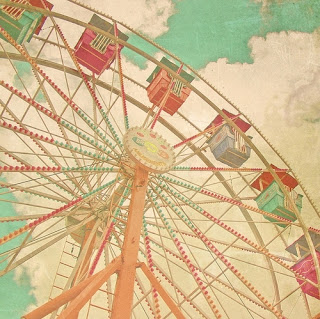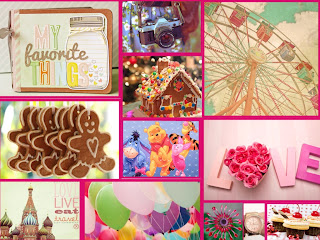Just before I asked Mr Andrews to Vacuum-Form my clock, I had just finished hot glue gunning my layers down and had left them to set for about 10 minutes, just enough time to be the last person to get my clock Vacuum-Formed before the bell rang. My clock was placed in the Vacuum-Former with Eliza's VW which looked amazing. When the process was underway we heard a pop or bang which meant one of our moulds were either to pointy or sharp or the plastic had to stretch too far before it gave in. Luckily it was Eliza's and she did not have to re-Vacuum-Form her clock!
Once mine had cooled down Mr Andrews showed me that some of my small circles (on the carrousels) had attached to the plastic along with both numbers (1&2). I was okay with this though as they were the smallest pieces and I had only just stuck them down - so I wasn't taken by too much of a surprise.
Now all I have to do is paint my clock in many thin layers ready for Wednesday's lesson when Mr Andrews can put the clock mechanism in. After that our clocks will be completed and the class will do some reflections and sheets based on this Semester and this blog. For my paint I am thinking to have the inner piece bright red then fading out to a soft pink by the time we get to the base of the Ferris Wheel. The background (behind the Ferris Wheel shape) will be painted a light blue for the sky - maybe with clouds if the clock isn't too busy already. I am also thinking painting the background a darker colour like black to all attention is drawn to the Ferris Wheel only on a nice frame. Each carousel is going to follow a rainbow pattern starting at 1 and finishing at 11, these will be the most exciting part of the design. The posts connecting the carousels to the body of the Ferris Wheel will be painted red to tie back into the centre piece of the clock. The little dots in the middle of the carousels will either be painted red or the same colour as the carousels themselves - I will see what looks best.
 |
| My Vacuum-Formed clock. Still with the numbers stuck. |














